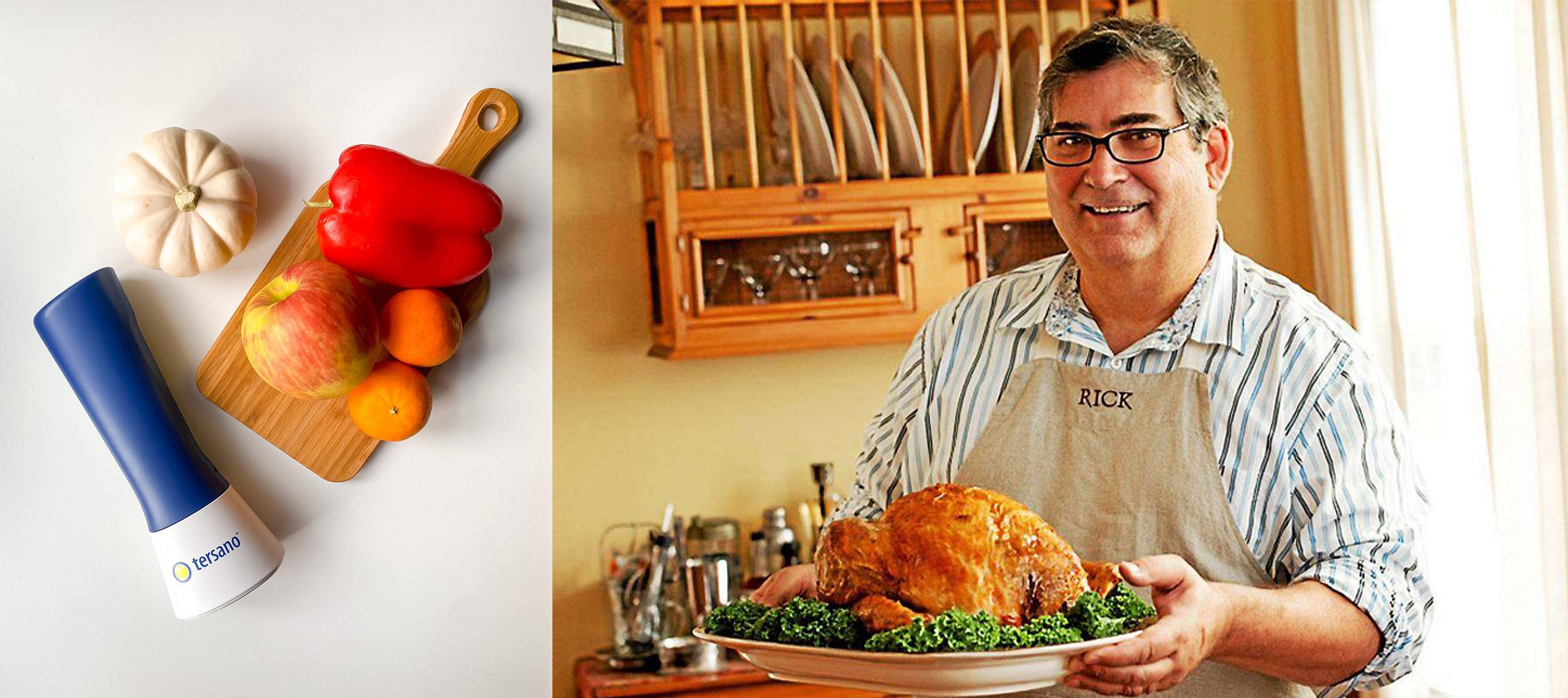How to Keep Food Fresh: Stabilized Aqueous Ozone in Food Processing
How to Keep Food Fresh
When you think of food waste, you might picture restaurants tossing out day-old food at the close of each shift. Perhaps you see greenhouses throwing out tons of produce that is relatively fresh, but not to the standards of their retailers. Or even grocery stores discarding crates of foodstuffs that have been left to rot, uneaten, forgotten.
But are they really the reasons behind the global food waste crisis?
Unlike most would think, it is not, in fact, the mass food producers that are wasting food en masse the most. Instead, the World Economic Forum found that in 2021, households accounted for 61% of the 931 million tons of food wasted annually.
If you're wondering how to keep food fresh and waste less, you've come to the right place. Stabilized Aqueous Ozone (SAO) brings a whole new meaning to zero waste, and not just thanks to its biodegradable packaging. The solution can also keep your food fresh for longer, so you waste less and save more–both your own resources and the planet’s as a whole.

Testing Stabilized Aqueous Ozone in Food Processing
Research on aqueous ozone reveals that it not only cleans and removes things like pesticides, but it can also extend the shelf life of your food and food products. Tersano’s Stabilized Aqueous Ozone is an innovation to ordinary aqueous ozone and remains an effective cleaner for longer without jeopardizing its food preservation qualities.
Many facilities around the United States have tested Stabilized Aqueous Ozone in food processing and water treatment applications. Not only did Stabilized Aqueous Ozone achieve less contaminants in these tests compared to its chlorine counterpart, but it also helped foods like lettuce last longer and have a noticeably better flavor.
Another major manufacturer tested how the solution might react with the enzymes released from damaged cells when lettuce is shredded or sliced. The enzymes seemed to be deactivated, which delayed the natural browning effect, making even the shredded lettuce last longer.

Testing Stabilized Aqueous Ozone on the Pros
To be sure of the claims of enhanced deliciousness, we arranged a session with several influential media personalities, including Rick Rodgers, chef, and author of The Carefree Cook. Unprompted, one of the first remarks made by Rick was that applying Stabilized Aqueous Ozone to food made it taste better, supporting the research findings.
Could Stabilized Aqueous Ozone be the new and improved salt? The odds may be ever in its flavor.

Is Stabilized Aqueous Ozone Safe for Food Applications?
Knowing that it can increase the shelf life of food, you might now be wondering: is Stabilized Aqueous Ozone safe for food?
On June 26, 2001, the Food and Drug Administration ruled that Stabilized Aqueous Ozone is safe for food and food prep areas. Because it reverts to ordinary tap water and oxygen after it is finished interacting with surfaces, it leaves nothing behind–not even a residue!
You can read the good news for yourself here.

Stabilized Aqueous Ozone: The Greener Kitchen Cleaner
But wait – there's more!
Stabilized Aqueous Ozone is more than just a solution you can use to preserve food; it can also clean and deodorize fridges, floors, breadboards, countertops, dishes, and so much more. Because of its safe-for-food quality, Stabilized Aqueous Ozone makes for the perfect kitchen cleaner, non-corrosive and harmless for a variety of the most common kitchen mediums.
Forget the old expression "everything but the kitchen sink". With SAO, you can clean and deodorize everything AND the kitchen sink!

Conclusion
Because Stabilized Aqueous Ozone kills up to 99.999% of pathogens and eliminates up to 99% of pesticides found on food, it's a tried-and-true solution for treatment facilities worldwide. Tersano engineers have miniaturized this multi-million dollar ozone technology so homes and businesses worldwide may benefit from the many values that Stabilized Aqueous Ozone has to offer.
Are you ready to join us in changing the way the world does zero waste?
Shop Stabilized Aqueous Ozone for Home
Shop Stabilized Aqueous Ozone for Business

